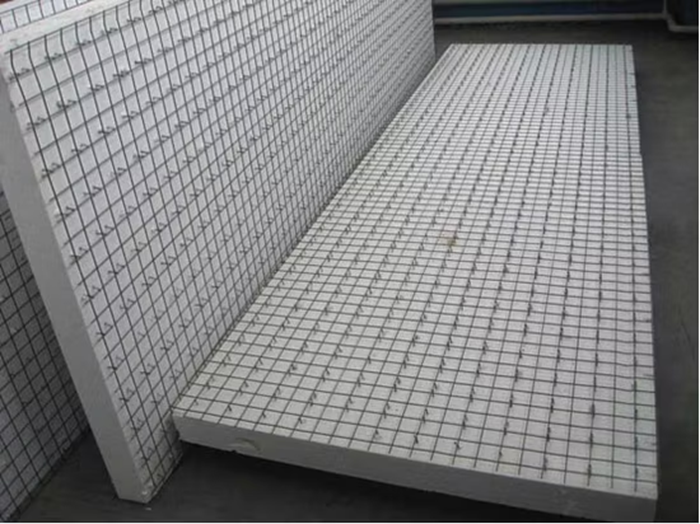New technologies in construction have not bypassed the possibility of 3D printing. 3D panels are an improved assembly of frame-panel houses. The panels are monolithic slabs with a reinforced mesh on each side.
They are connected using metal rods that go through.
Features
The main feature of 3D panels is their production method. Construction waste mixed with cement is loaded into the 3D printer. Upon completion of the printing process, a finished wall is obtained at the output. This process is not only fast to produce, but also cheap. Therefore, the technology is used to create budget buildings.
The printed walls are hollow. The space is filled using foam concrete, so the walls are equipped with a reinforced mesh on all sides.
The advantages of using this technology for building private houses:
- low cost when buying standard panels;
- low weight of the structure;
- the possibility of construction at any time of the year;
- minimal harm to the landscape;
- low heat loss rates.
Disadvantages of the technology:
- The cost increases if you order panels according to individual drawings;
- Pests may start up in the thermal insulation;
- The need to create advanced ventilation;
- Noise insulation;
- Under strong impacts (for example, an earthquake), the house may collapse, which will not happen with a frame house built using Canadian technology.

